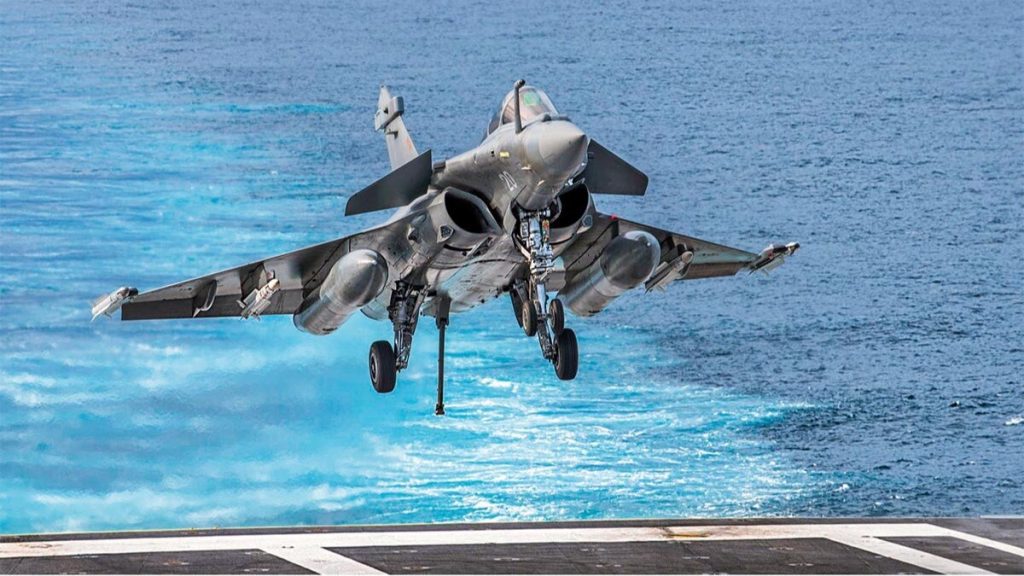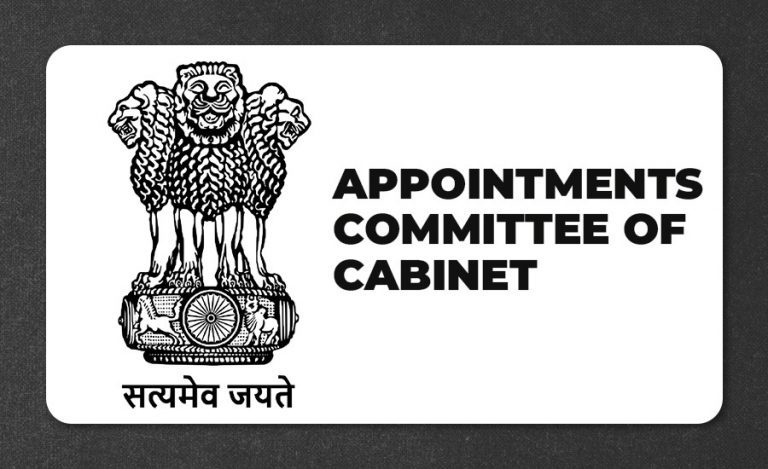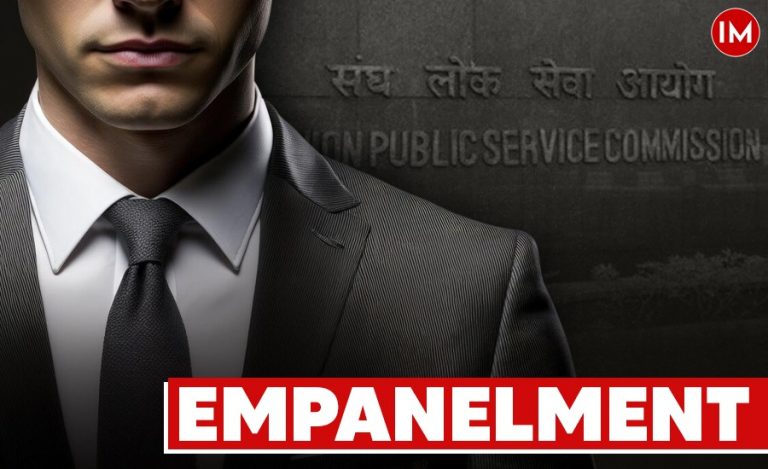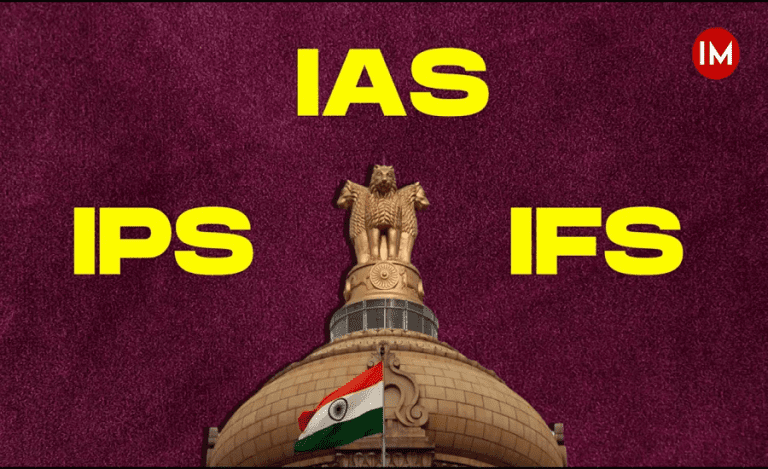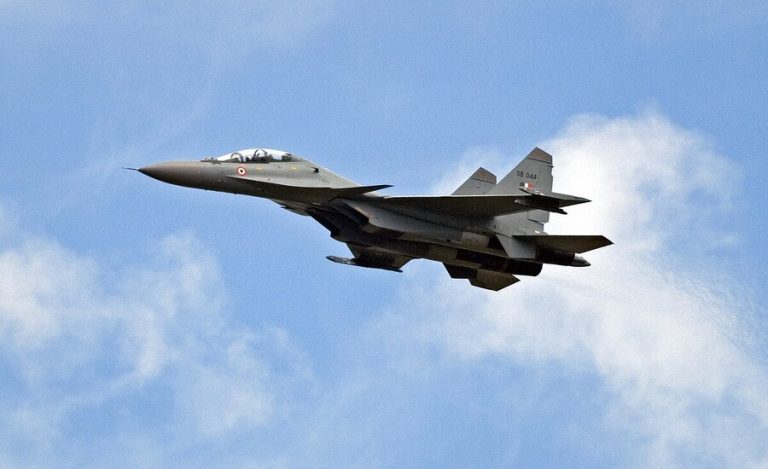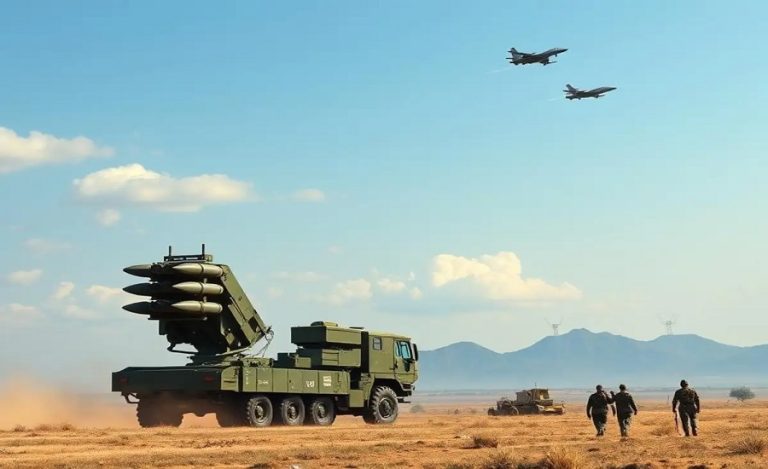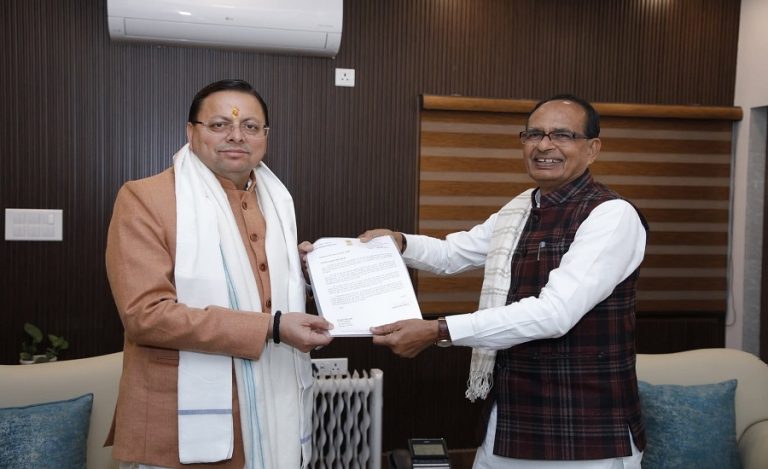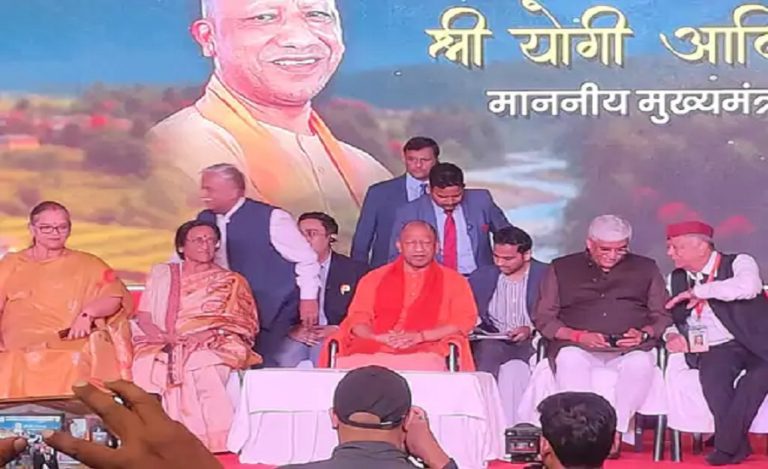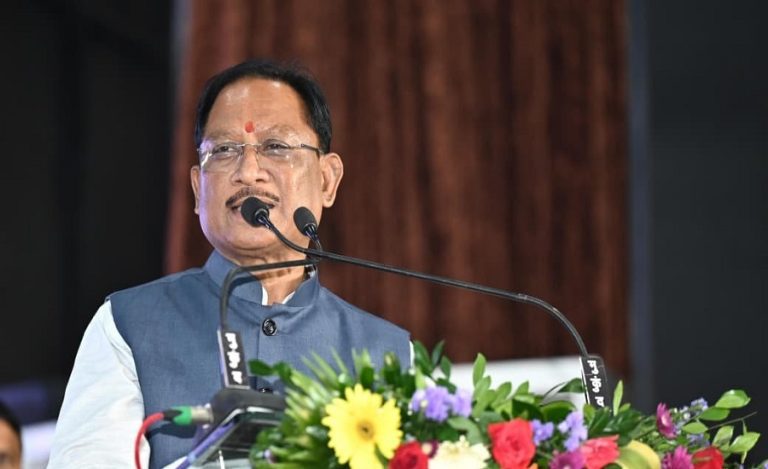Pune: The Rafale multi-role fighter jet, built by Dassault Aviation of France, has been a cornerstone in India’s broader defence modernisation push. India’s procurement of Rafale jets began in 2016, and has deepened with naval variants (Rafale-M) for the Indian Navy.
In parallel, under its “Make in India” initiative, India is aggressively promoting domestic defence manufacturing, technology transfer and exports. This bilateral narrative sets the scene for the latest development: France’s willingness to deepen production cooperation with India.
What’s New: Joint Production on the Table
Recent reporting indicates that Dassault Aviation is actively exploring the establishment of a final assembly line for the Rafale fighter jet in India. This move would mark a significant shift: production of a high-value combat aircraft beyond its home country, tailored for both domestic Indian use and potential exports.
By facilitating this arrangement, France signals both trust in India’s manufacturing ecosystem and commitment to sharing deeper aspects of jet production — not just supply of fully made airframes. It would also align with India’s ambitions to become a regional defence manufacturing hub.
Why It Matters: Strategic, Industrial and Manufacturing Impacts
Strategic Edge: For India, a joint production line means faster deliveries, tailored variants, and greater self-reliance in maritime air power.
Read Also: 114 Fighters, One Mission — MoD Pushes for 100% Indian Involvement in IAF MRFA Project
The Indian Navy’s upcoming carriers such as INS Vikrant will benefit from home-grown production of Rafale-M aircraft, elevating India’s blue-water power.
Industrial & Economic Leverage: Production shifting to India opens doors for thousands of jobs, MSME involvement, and higher domestic value-addition. For France, it enables scalable output to meet growing orders while spreading production cost-effectively.
Manufacturing Ecosystem: India becoming a manufacturing hub for fuselage sections (front, mid, rear) has already been announced with a facility in Hyderabad via Tata Advanced Systems. The next logical step: full-final assembly.
Challenges & Considerations: Technology Transfer Complexity: Full final-assembly implies sharing advanced production techniques, supply-chain networks and integration of weapons systems. This area historically sees delays.
Carrier Aircraft Integration: The naval variant (Rafale-M) demands specialized adaptations for carrier operations; ensuring Indian carriers and infrastructure match these demands is critical.
Export Control & Supply Chain: As production moves to India, managing export rules, quality control and logistics for global customers will be operationally demanding.
Delivery Timeline: Previous deals indicated first deliveries around 2028-30; shifting to full production in India may impact these timelines if not managed properly.
What It Means for India’s Navy & Defence Manufacturing
Naval Air Power Boost: The Indian Navy stands to field modern, carrier-borne multi-role fighters which enhance maritime strike, surveillance and power projection.
Domestic Defence Ecosystem Growth: The move accelerates India’s path toward being a defence exporter rather than just importer.
Geopolitical Message: A joint production line reinforces India’s standing as a preferred partner for high-tech defence manufacturing; it also signals to regional rivals a sharpening of India’s maritime and air capability.
Long-Term Leverage: With a local assembly line, India may achieve greater control over upgrades, maintenance, and future variants, reducing dependence on foreign supply chains.

